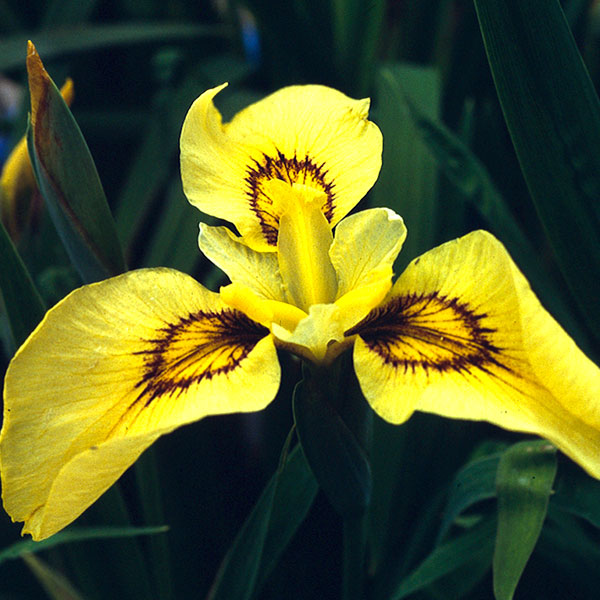Iris guide
Introduction
While the Iris family as a whole is enormous, there are several groups which are commonly seen and easily available, this section highlights some examples. A very comprehensive list of the members of the iris family has been produced by Anne Blanco-White a former President of the Society and you can download it here
The BIS also operates a seed scheme each year accessible to members and you can download a Sample Seed List
Bearded Iris
For many people these would be the archetypal iris. Over the years they have been classified into several groups; miniature dwarf, standard dwarf, intermediate, border, miniature tall and tall, reflecting their height and the size of the flowers.
The shorter ones tend to bloom earlier and the taller later and the season therefore runs from April to June. They are best grown in sunny well drained position with their rhizomes on the surface where they are baked in the summer sun.


















